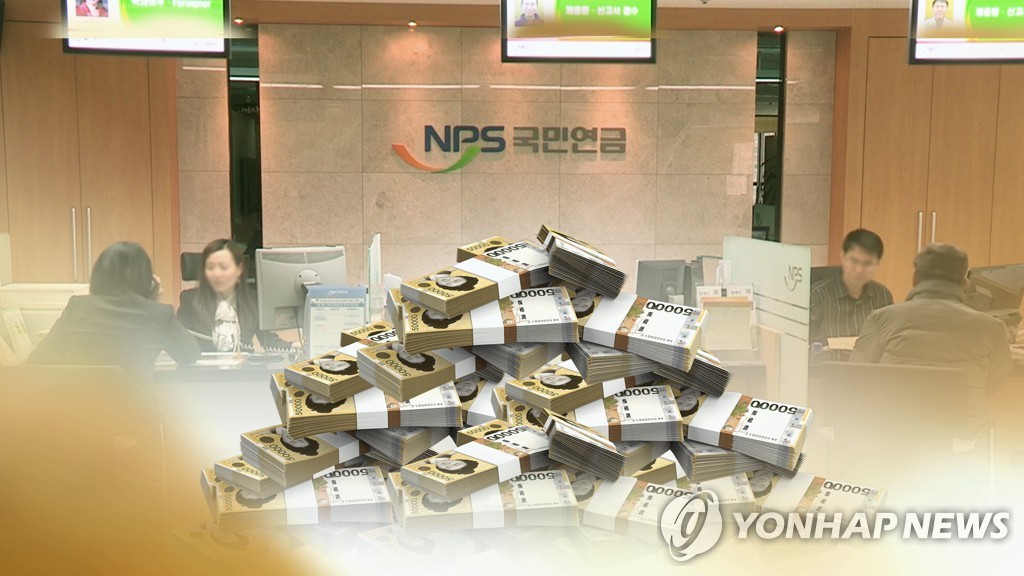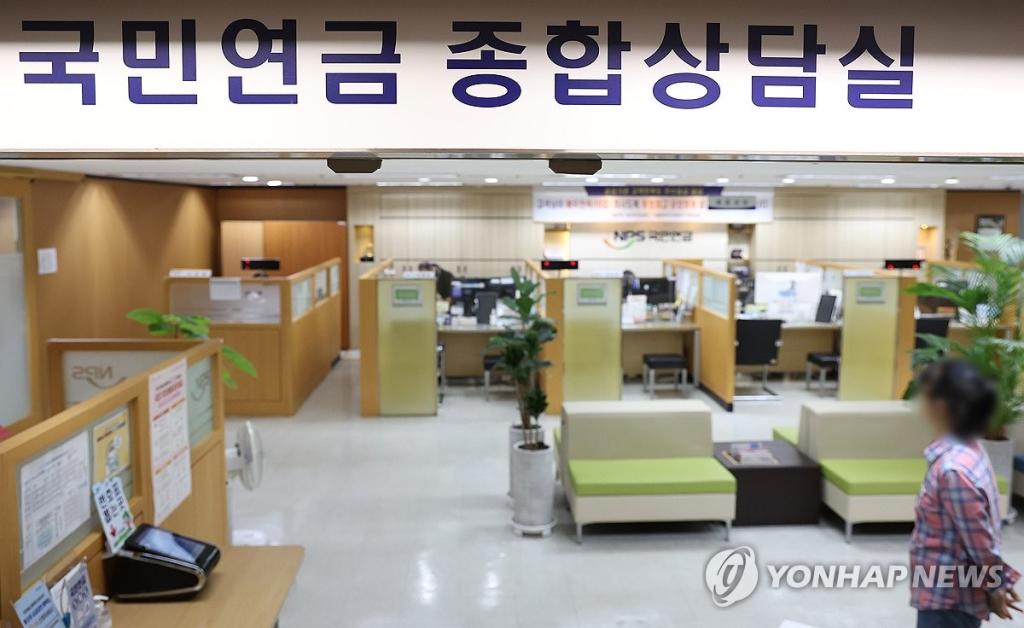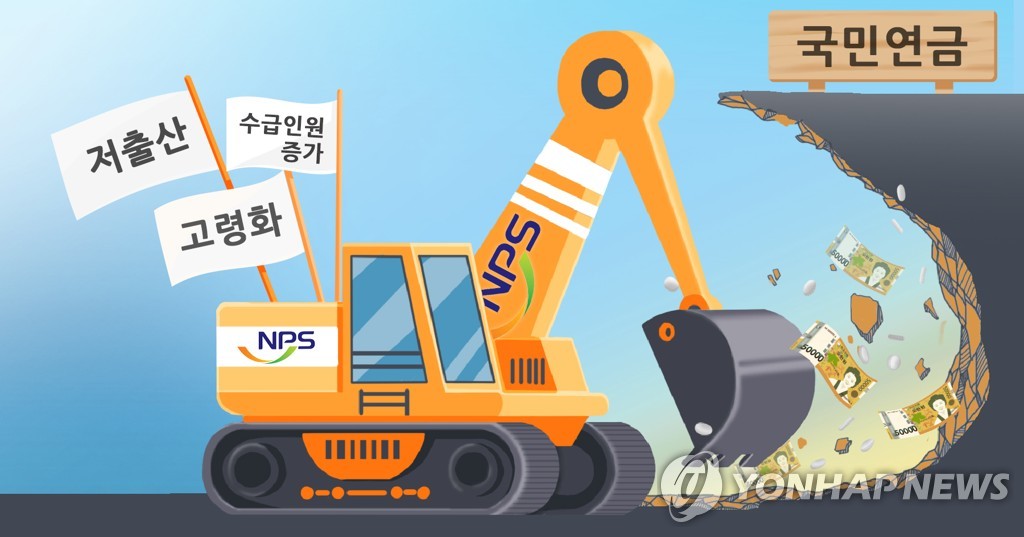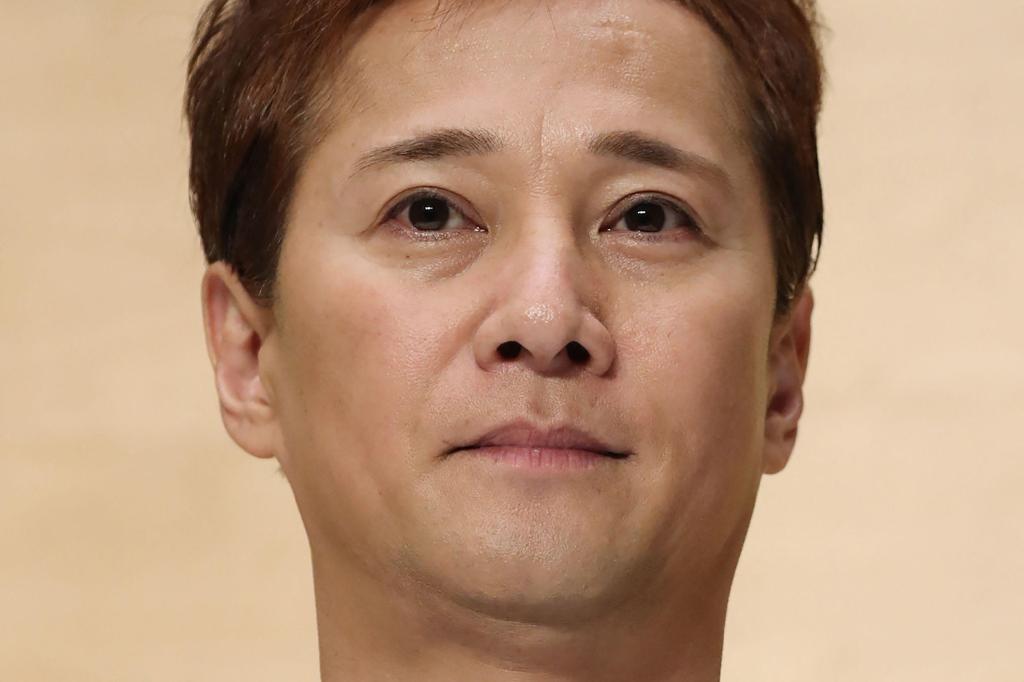South Korea's Bold Pension Reform for a Sustainable Future
Discover how South Korea's pension reform enhances financial security for seniors while supporting young families in a sustainable retirement system.

Key Points
- The South Korean government is increasing the national pension contribution rate from 9% to 13% while raising the income replacement rate to 42% for better senior financial security.
- An automatic adjustment mechanism will be introduced to align pension payouts with demographic and economic changes to ensure sustainability.
- Reforms include enhanced support for young families through increased pension credits for parental leave and raising the basic pension for low-income seniors.
The landscape of retirement in South Korea is on the brink of transformation. With increasing life expectancy and a declining birth rate, the government is taking necessary steps to revamp the
(NPS). Recently, the
unveiled a comprehensive reform plan aimed at ensuring the longevity and reliability of pensions for future generations. This initiative is not just a financial adjustment; it's a vital step towards a sustainable future for the country’s elderly population.

Key Components of the Reform
One of the cornerstone changes in the new reform proposal is the adjustment of the insurance premium rate. The government plans to increase the contribution rate from 9% to 13%. This hike aims to bolster the funding mechanism of the NPS and reflect the shifting economic realities of the country. Additionally, the income replacement rate—or the portion of a worker's income replaced by the pension—is set to rise from 40% to 42%, which provides greater financial security for retirees.
In response to demographic changes, the reform also introduces a crucial feature known as the ‘automatic adjustment device’. This mechanism will enable the pension payouts to be dynamically adjusted based on economic and demographic factors such as life expectancy and the number of contributors. Such a system is already employed in 24 out of 38 OECD countries and has proven effective in managing pension sustainability.

Consideration for Future Generations
Notably, the reform acknowledges the need for intergenerational equity. The government plans to implement a tiered approach to the increase in the premium rate, which differs by age group. This means that younger generations will experience a slower incremental increase in their premiums compared to their older counterparts. For instance, adults in their 50s might see a more rapid increase, while those in their 20s will have a gentler climb, which is designed to alleviate the immediate financial burden on younger workers.
Support for the Vulnerable Population
The reform also aims to enhance support for low-income seniors. Plans are in place to raise the base level of the basic pension to 400,000 won by 2026 for low-income elderly people. This is significant progress from the current amount of approximately 334,810 won. Additionally, the government is addressing the issue of dual benefits for pensioners receiving both basic pensions and livelihood subsidies, ensuring a fair approach that does not penalize the elderly for their contributions.

Strengthening Young Families
The reforms extend beyond just elderly support; they also recognize the importance of supporting young families. New measures will allow first-time parents to receive recognition for their parental leave in terms of pension credits. Currently, such credits only kick in after the second child, but the reform will change that, helping alleviate financial pressure on new parents.
The Path Forward
As South Korea stands at this pivotal moment, several challenges lie ahead. Achieving consensus among various interest groups will be vital to ensure the success of these reforms. Experts argue that fostering a spirit of collaboration and compromise can pave the way for effective pension reform. The government is urged to engage all stakeholders, including political parties, civic organizations, and the public, to reach a common understanding.

As these reforms unfold, it becomes increasingly clear that the future of South Korea's pension system lies in adaptation and responsiveness to the needs of its citizens. By embracing change and standing together, South Korea can foster a sustainable pension system that not only supports its aging population but also empowers future generations.


